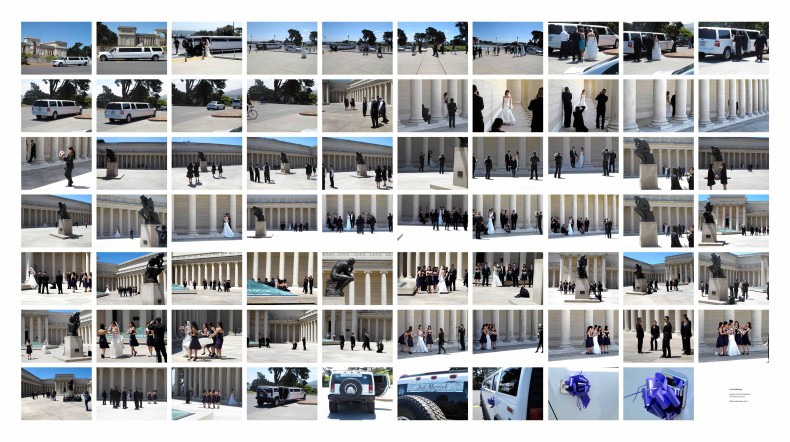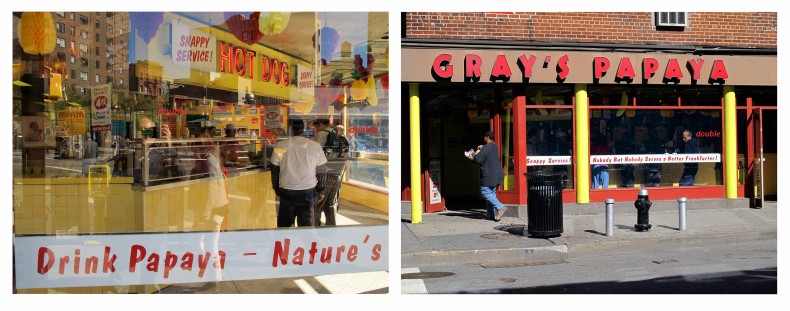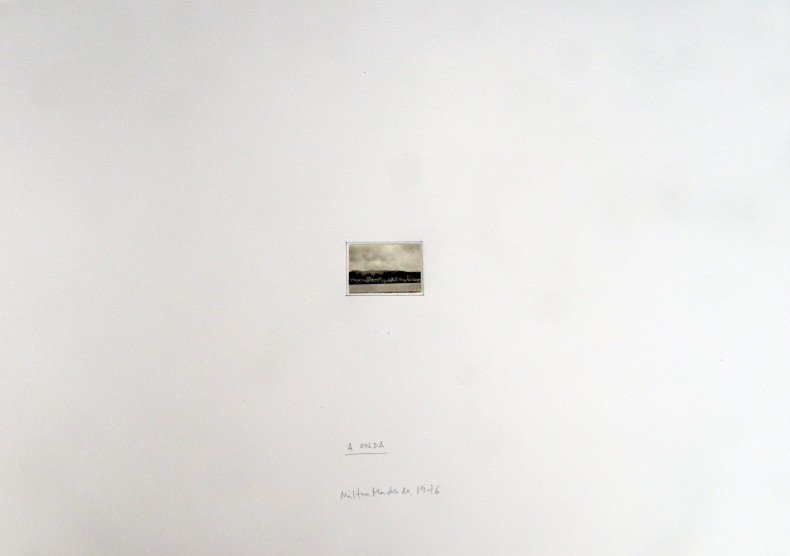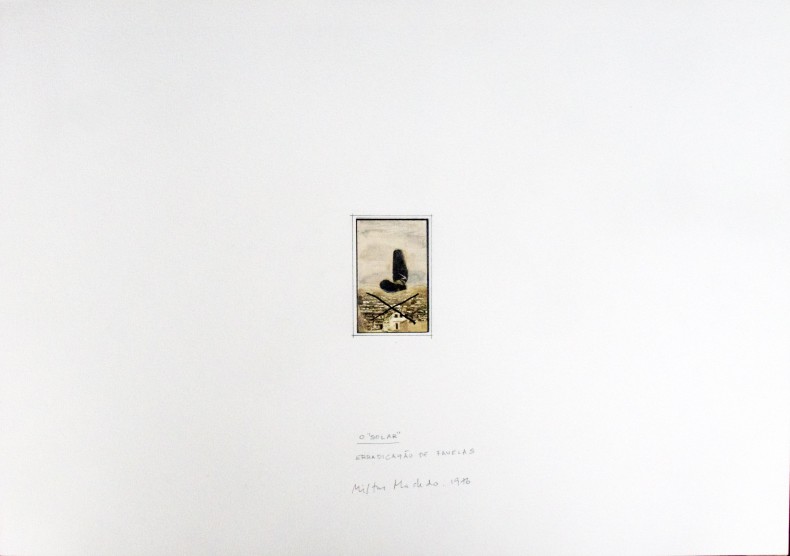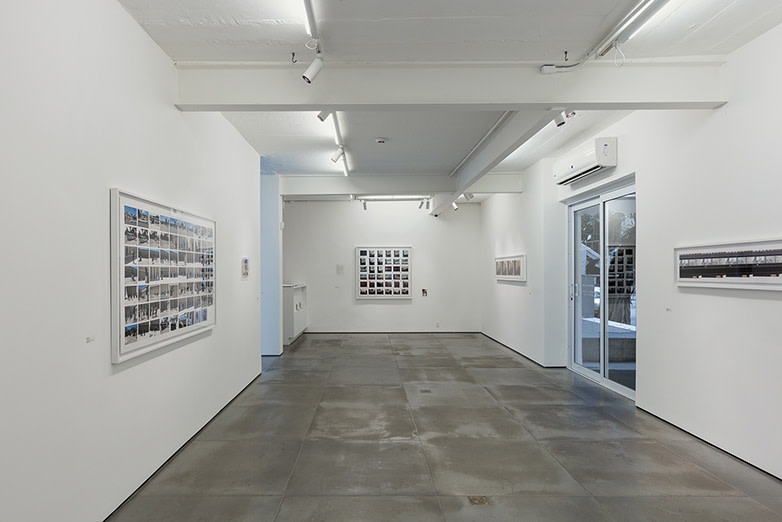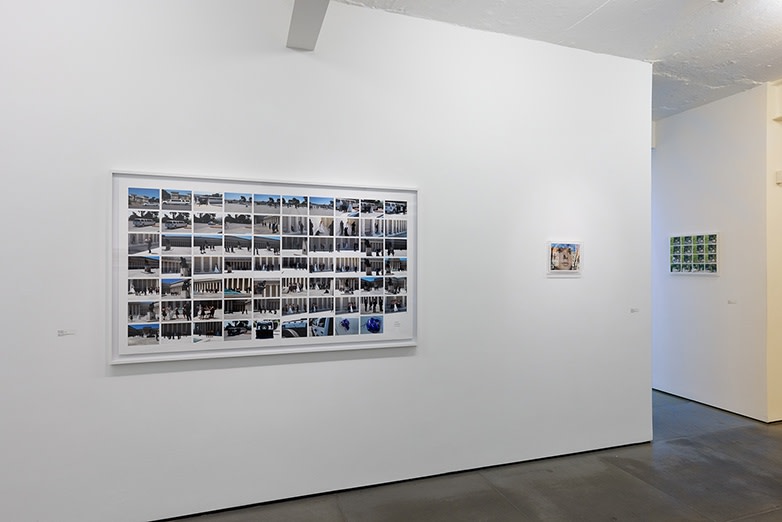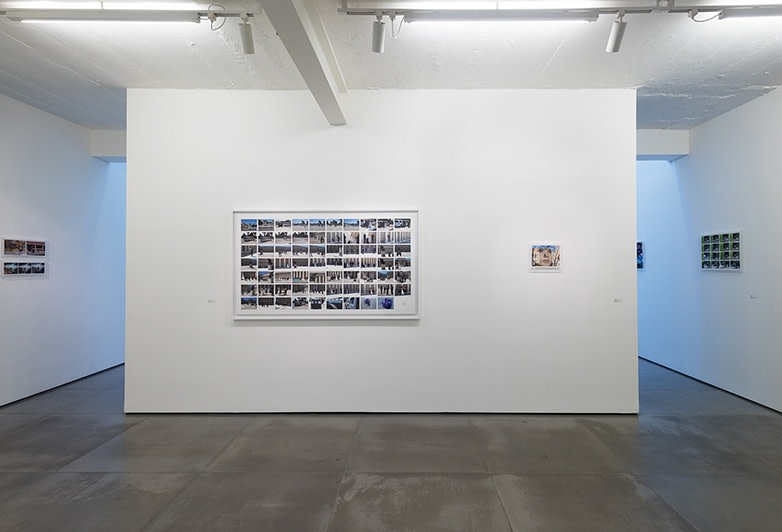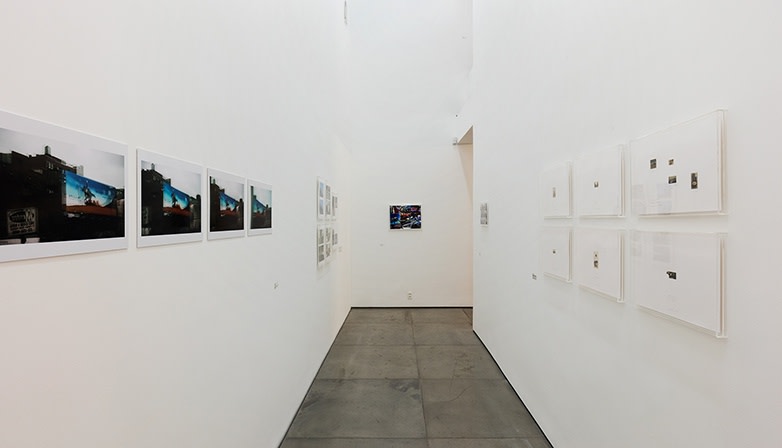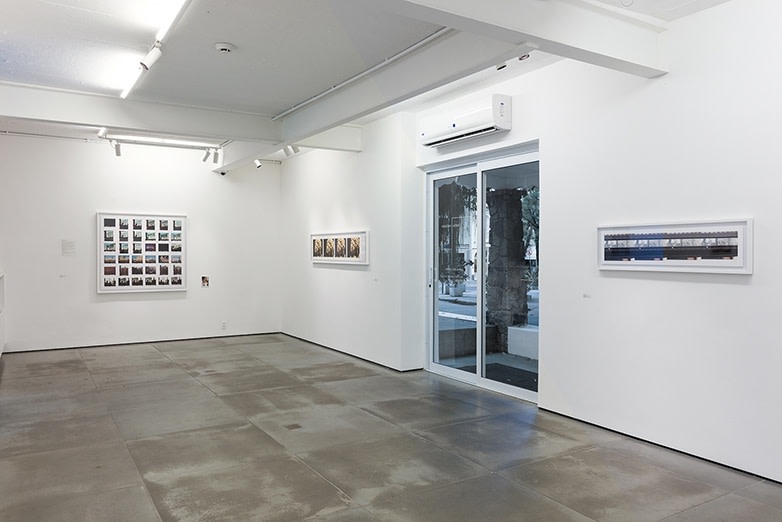Galeria Nara Roesler Rio de Janeiro presents X, Milton Machado’s first exhibit at GNR RJ and his third at Galeria Nara Roesler, featuring photographic works that approach contemporary culture with Machado’s peerless sagacity
Milton Machado is set to debut at Galeria Nara Roesler in Rio de Janeiro with X, his first solo show since Cabeça, a survey spanning 45 years of his career held in 2014 and 2015 at the CCBB in Rio and Belo Horizonte. Opening on April 14, the show X offers the artist’s uniquely sharp-witted take on aspects of contemporary culture, featuring a video and several photographs. The juxtaposition and interspersion of elements and sceneries shot by Machado and other artists (by appropriation) suggest non-linear, open-ended narratives.
Milton Machado’s production is plural, with incursions into myriad materials. One example is drawing, which Machado employed more emphatically at the onset of his career, in the 1970s, to create seemingly coherent cities that were really impossible. As his career progressed, he took to creating large-scale installations; to appropriating office furnishing, like the metal drawer units he would pile up as staircases; and to using photography and video.
This exhibit features photographic works created between 1995 and this year. What’s at stake here isn’t photography, since the artist doesn’t even consider himself a photographer, but the production of multiple meanings through the conflation of a wide variety of signs and elements. As in past shows by Machado, the totality of the artworks is not irrelevant; through it, the artist adds yet another layer of interpretation to the building of a global meaning through the summation of images, like a mosaic of unequal pieces that connect in their similarities and paradoxes. The narratives can be isolated within each piece or seen as an overarching story, in the articulation between the artworks.
In the artist’s words, “X. Cancellations? Erasures? Bankrupt businesses? Not so fast. Here, in this sly sequence of oppositions, this x that concerns multiplication and potentialization. In other words, intensity. Like Descartes x Montaigne, Rubens x Poussin, Sylvester x Tweety Bird, broomsticks x mirrors, lightning x rivers, flies x mannequins. Maybe it’s about time we admit that we are dealing – in resorting to these multiple photographic narratives – with a productive negotiation between differences.”
A case in point is Realismos (France, 1886 / Santa Teresa, Rio, 2005). A photograph of two women sleeping amid crumpled sheets, in the back of a messy backyard, is shown next to a painting by Courbet. A parallel is drawn between both images through the symmetry of geometric lines, figures and postures, even though the scenes are completely different. Weddings, car headlights, a mannequin with a fly on its face, a snack bar, a honey jar that attracts bees: the codes enmesh and produce narratives tailored to each interlocutor. The scope is set on the formal logic that reduces contemporary thinking to a tool, via the repetition of the canon.
The list goes on with American Beauty (5th Avenue, NY, 2015); Duplo (Gray’s Papaya, NY, 2010); Michelangelo com Faróis (Metropolitan Museum, NY, 2010); Green Cap Loop Drive (Central Park, NY, 1995); Judd’s Drawing Lesson (NY, 2010); Body Pressure (Berlin 2013); Beuys Dormindo (PROA, Buenos Aires, 2014); Fraulein (Roupa molhada de jovem mulher, Joseph Beuys, 1985/Santa Teresa, Rio, 2014); Prince (NY, 2010); Sweep (São Paulo, 2013); New York Cars (NY, 2013); Two Weddings (San Francisco, 2012); Dupla Exposição (NY, 2015); Gradações Extremas na Categoria dos Instantâneos (1974), Um Passo Atrás (San Francisco, 2012); Bond Cab (London/Rio, 2001), The Last Land (Venice Biennale, 2005); Stray Bullets [Balas Perdidas] (Rio de Janeiro, London, NY, 1996-...); Raio x Rio (Ilha do Contrato, Baía de Camamu, Bahia, 2008-09).
